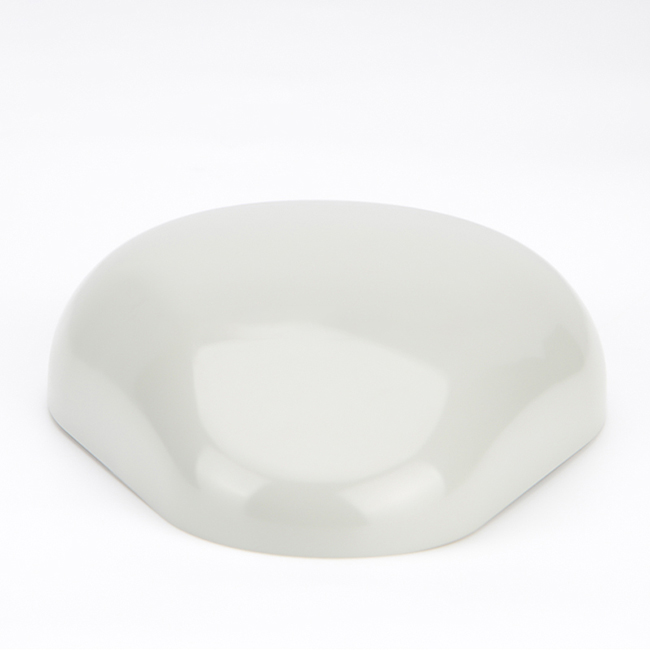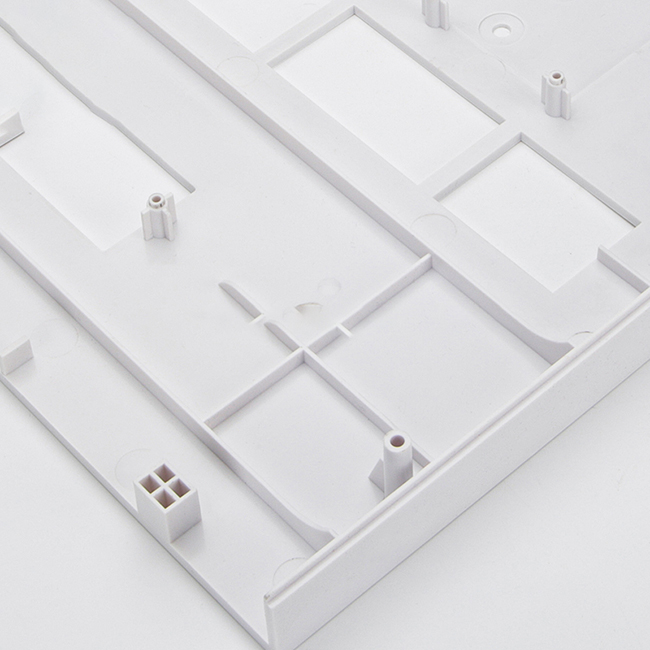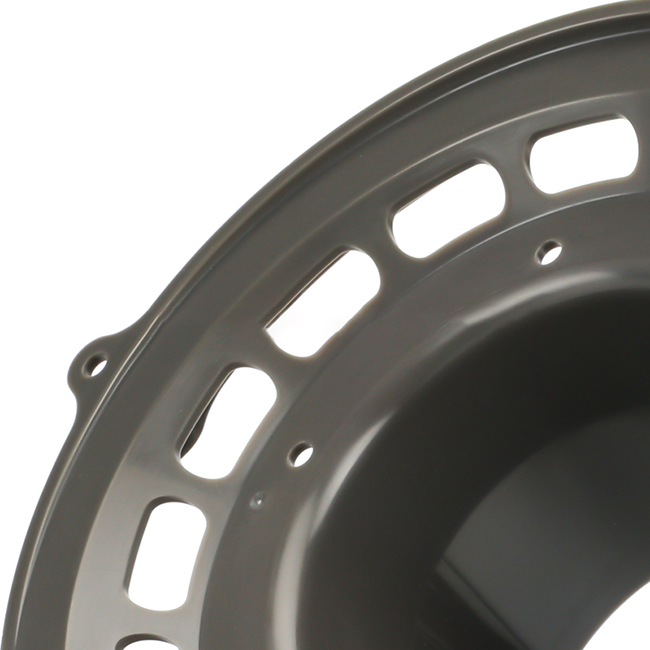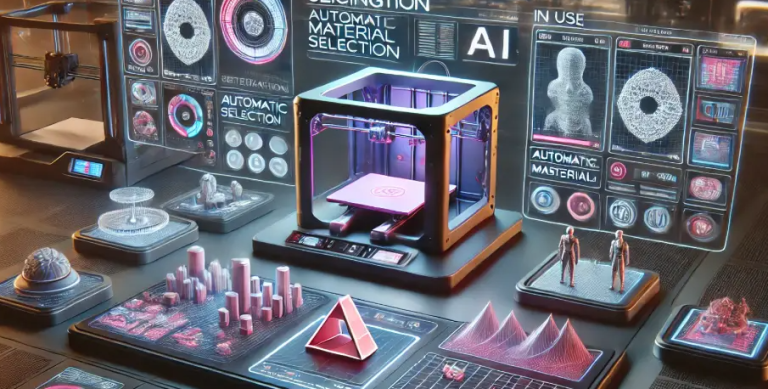
- Energy Efficiency: LED lamps are known for their energy efficiency, but prototypes may focus on optimizing this further by reducing power consumption without compromising on light output or quality.
- Heat Management: LEDs produce less heat compared to traditional bulbs, but effective heat dissipation is crucial for longevity and performance. Prototypes may include innovative cooling solutions or thermal management techniques.
- Customization and Personalization: Some LED lamps allow for customization of light intensity, color, and even directionality. Prototypes might explore ways to enhance user control over these parameters.
- Environmental Impact: As sustainability becomes increasingly important, prototypes may integrate recycled materials or focus on minimizing environmental impact throughout the lamp’s lifecycle, from production to disposal.
- Integration with IoT: Internet of Things (IoT) technology can enable LED lamps to communicate with other devices or systems. Prototypes might explore seamless integration with smart home platforms or energy management systems.
- Wireless Connectivity: Wireless charging or power transmission could be explored in prototypes, eliminating the need for physical connections and enhancing user convenience.
- Design for Manufacturing (DFM): Prototyping often involves refining the design to ensure it can be manufactured efficiently and cost-effectively at scale, without sacrificing quality or performance.





